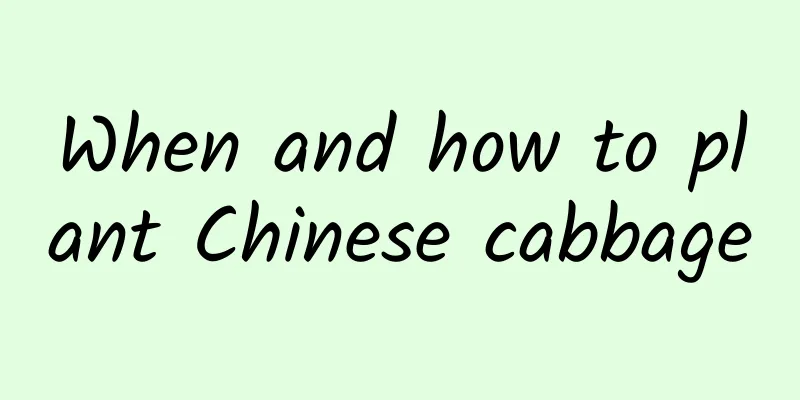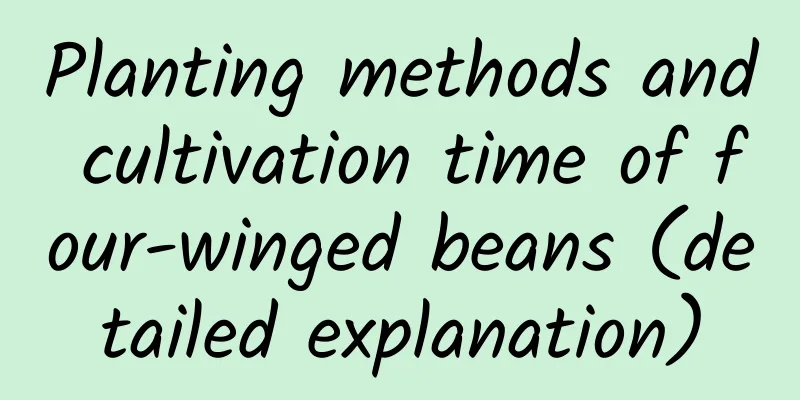Is Nandina domestica poisonous?

Is Nandina domestica poisonous?Nandina domestica is poisonous, and the whole plant is poisonous. If we humans accidentally eat Nandina domestica, we will become very excited, and our pulse will become very disordered, usually fast at first and then slow. After poisoning, blood pressure will suddenly drop, muscles will spasm, breathing will gradually become difficult, the body will become paralyzed, and finally the person will fall into a coma. In fact, Nandina domestica can be used as medicine. It can treat many diseases. Nandina domestica contains many kinds of alkaloids, among which nandinaline and nandinoline have paralyzing effects on the heart. In scientific experiments, injections of nandinaine and nandinaide into experimental frogs and rabbits caused the frogs and rabbits to die of heart failure. The various alkaloids contained in Nandina domestica also have different degrees of effects on the physiological organs of organisms, such as effects on the nervous system, paralyzing effects on the respiratory center, etc. Nandina domestica can be used to treat diseases if it is professionally extracted and utilized in medicine, but we should not eat Nandina domestica by mistake in our daily lives, especially since the fruit of Nandina domestica is bright red and very tempting. Never try the fruit of Nandina domestica with the mentality of just giving it a try. Can Nandina domestica be grown at home?Nandina domestica is an evergreen shrub with very small white flowers and bright red fruits. Nandina domestica is very ornamental, but the entire plant is poisonous. So can we grow Nandina domestica at home? In fact, it is very safe to grow Nandina domestica at home, and Nandina domestica can also purify the air. As long as we do not accidentally eat the fruits, plants, etc. of Nandina domestica, we will not be poisoned. Normal planting as a potted plant will not harm us. |
<<: Two pots of flowers on the desk, good luck and prosperity
>>: The flower language and cultural origins of lemon
Recommend
Cultivation and shaping techniques of bonsai of old persimmon
1. Seed propagation After the fifteenth day of th...
How to grow orchids and what kind of soil do they need?
1. How to plant 1. Sowing: Generally, it is chose...
Methods and precautions for hydroponic cultivation of pink palm How to maintain hydroponic pink palm
The pink anthurium is very unique with brightly c...
How to prune the roots of Clivia
1. Clear the soil First, when repairing its roots...
How to grow chicken blood vine
1. Maintenance methods 1. Temperature: The temper...
Key points of high-yield cultivation technology of Chinese cabbage
Although cabbage is an easy-to-cultivate vegetabl...
Can feed be used as fertilizer? How to make fertilizer from feed?
Feed is used as fertilizer, especially expired sh...
How to save gardenia from yellow leaves
1. Increase watering 1. Reason: Gardenia has rela...
Can spider plants be watered with Coke?
Can spider plants be watered with Coke? Chlorophy...
Do I need to deal with the excessive roots of lucky bamboo? How to deal with it?
1. Do I need to deal with the excessive roots of ...
How to prune the lucky tree
The lucky tree is a popular indoor plant not only...
Planting and maintenance methods of Bear's Paw
Bear's Paw Flower, also known as Bear's P...
How many years does it take for loquats to bear fruit? How long does it take for them to bloom and bear fruit?
Introduction to loquat planting Loquat likes warm...
Is fish pond water good for watering flowers? Can fish pond water be used to water various flowers?
Is it good to use fish pond water to water flower...
How to deal with sunburned green radish
1. Remove yellow leaves The green radish usually ...









